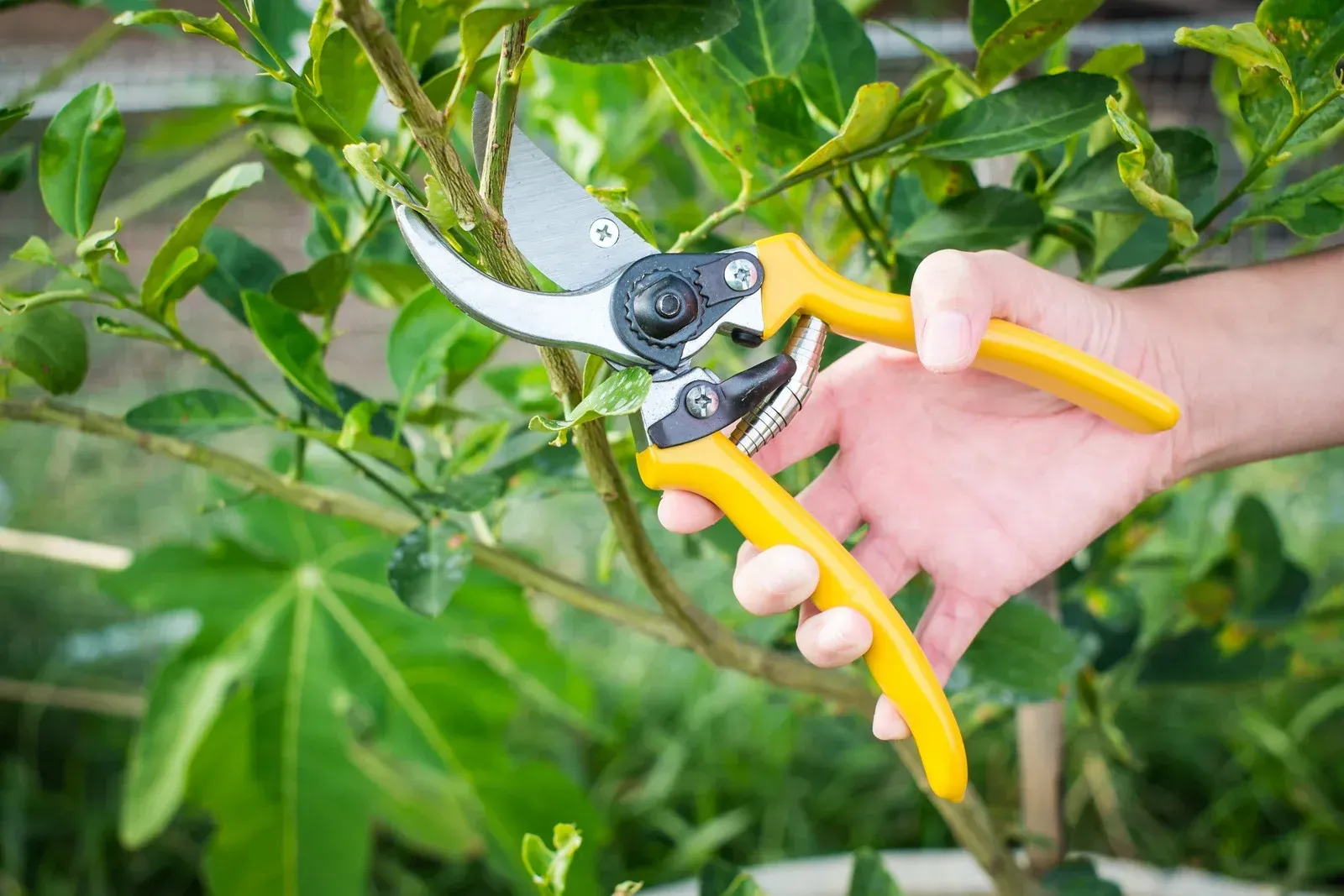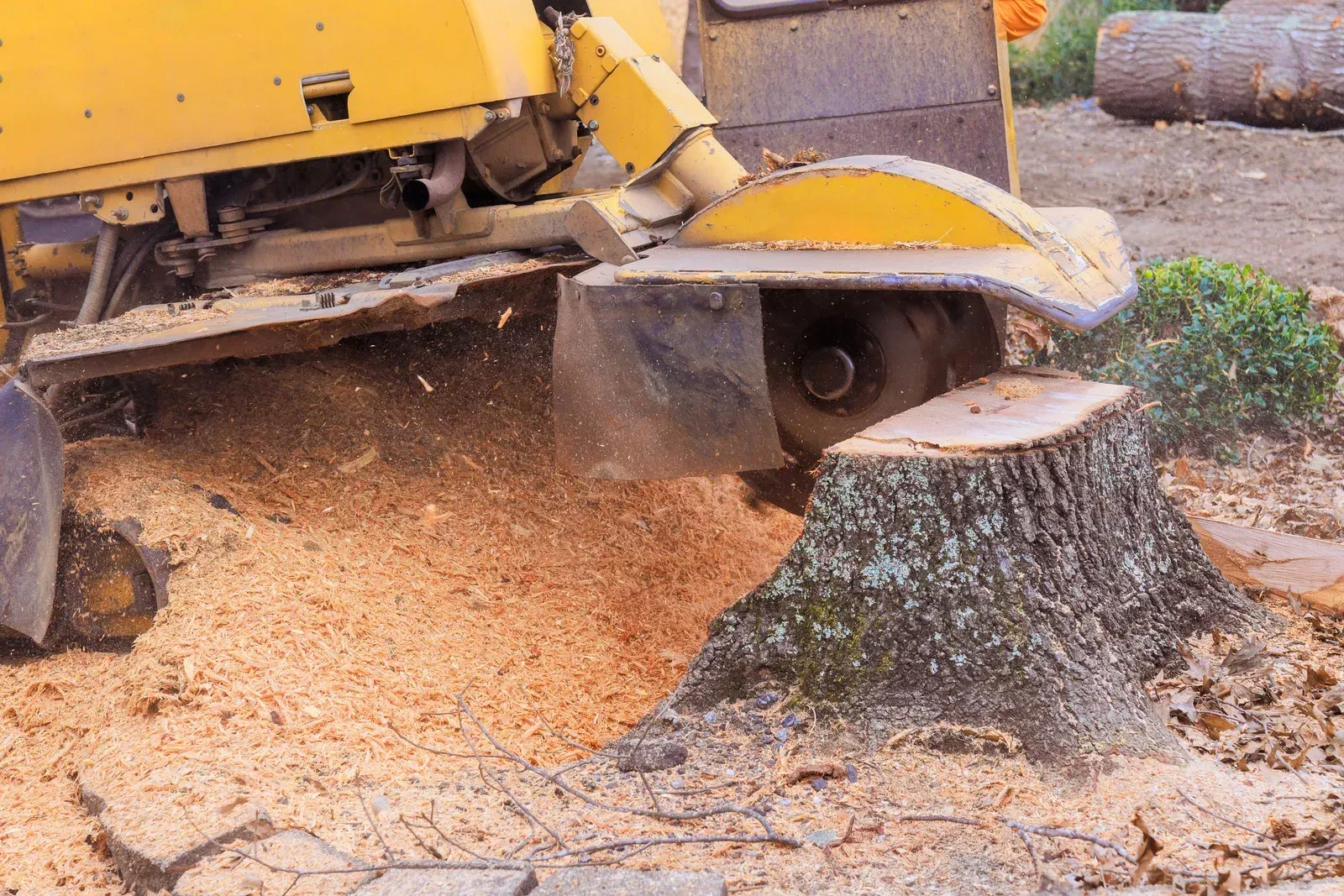6 Biggest Mistakes Homeowners Make While Trimming Trees
Trimming trees is a common task for homeowners, but it's challenging. Mistakes in this process can harm the tree and the person doing the trimming. This blog outlines the six biggest mistakes homeowners make while trimming trees and offers advice on how to avoid them.
1. Trimming at the Wrong Time of Year
One of the most common mistakes is trimming trees at the wrong time of year. Trees have specific times when they are best pruned, usually during their dormant period. Trimming outside this period can stress the tree, making it susceptible to disease or pests. For most trees, late winter or early spring is the ideal time for trimming.
2. Over-Trimming
Another frequent error is over-trimming or removing too much foliage. Trees need their leaves for photosynthesis so that excessive trimming can weaken the tree. A good rule is never to remove more than 25% of a tree's crown in one season. Over-trimming not only affects the tree's health but also its natural shape.
3. Ignoring Safety Precautions
Safety should always be a priority when trimming trees. Homeowners often underestimate the risks involved. They should wear protective gear, including gloves, safety goggles, and a hard hat. Additionally, hiring a professional is usually safer if the work consists of climbing or using power tools.
4. Poor Cutting Technique
Improper cutting techniques can damage trees. Flush cuts close to the trunk can remove the branch collar, hindering the tree's natural healing process. Similarly, leaving too long of a stub can also harm the tree. Learning the proper pruning techniques, such as the three-cut method for large branches, is crucial.
5. Using Dull Tools
Using dull tools is a mistake that can have severe consequences for the tree. Worn blades can cause ragged cuts that take longer to heal and are more prone to infection. Keeping pruning tools sharp ensures clean cuts that heal quickly and minimize the risk of disease.
6. Topping Trees
Topping, the practice of indiscriminately cutting tree branches to stubs, is a harmful pruning technique. It can lead to weak new growth and make the tree more susceptible to disease and decay. Topping also destroys the tree's natural shape and can lead to its premature death.
How to Avoid These Mistakes
a. Research and Planning
Before trimming, identify the best time to prune the specific type of tree. Plan the trimming process to avoid removing too much foliage and to maintain the tree's shape.
b. Safety First
Always wear appropriate protective gear and avoid taking risks, especially with tall or large trees. If in doubt, hire a professional arborist.
c. Learn Proper Techniques
Educate yourself on proper pruning techniques. Utilize resources like gardening guides, online tutorials, or local workshops.
d. Maintain Your Tools
Regularly sharpen your pruning tools to ensure clean, healthy cuts on the tree branches.
e. Respect the Tree's Integrity
Avoid topping and other harmful practices. Focus on maintaining the tree's health and natural form.
f. Professional Help
If you're unsure or the job seems too risky, consulting a professional is always best. Arborists can provide the necessary care without harming the tree or posing a safety risk.
In Conclusion
Tree trimming is essential to tree care, but it's crucial to do it correctly. Avoiding these common mistakes can protect the health of your trees and ensure your safety. when in doubt, seeking professional advice is always the best course of action. Proper tree care not only maintains the beauty and health of your trees but also adds value to your property.





